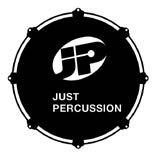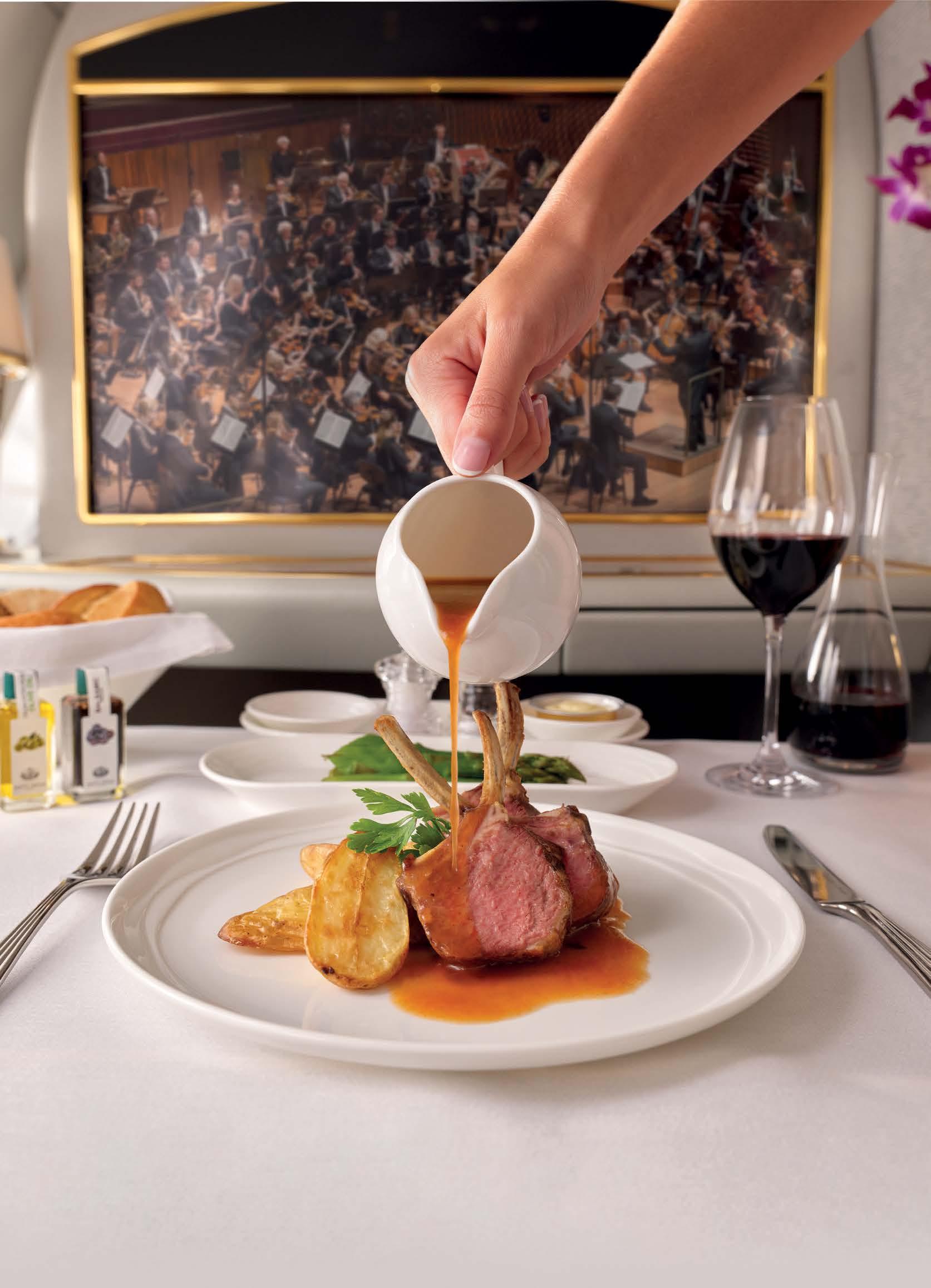
12 October 2025
Iwaki Auditorium


12 October 2025
Iwaki Auditorium

Artists
Sunday 12 October at 5:00pm Iwaki Auditorium, ABC Southbank Centre
Melbourne Ensemble:
Philip Arkinstall clarinet
Jack Schiller bassoon
Saul Lewis horn
Freya Franzen violin
Anna Skálová violin
Christopher Moore viola
Elina Faskhi cello
Stephen Newton double bass, curator Program
Britten Epilogue from Serenade for tenor, horn and strings [3’]
Gubaidulina Espressivo – Sotto voce from 8 Études for double bass [3’]
Schnittke Hymnus II for cello and double bass [6’]
Osvaldo Golijov Tenebræ for string quartet [13’]
Gerard Brophy Istanbul, The Magic of Daily Life* [17’]
* World premiere
Running time: 1 hour without interval. Timings listed are approximate.
Please note that the concert has been designed without pauses or breaks between the musical works.

As the Program Partner of MSO Jams in Schools, we are building a more connected community and the next generation of music lovers.



In the modern world, there are a few religious traditions that remain unchanged since their earliest moments of conception. Those from Eastern Europe seem to me a perfect example, and their mysticism and mystery conjure up unique and inspiring celestial realms captured through literature, music and visual art.
Gerard Brophy wrote Istanbul, The Magic of Daily Life during the COVID lockdowns and generously dedicated the work to the Melbourne Ensemble. We had planned to perform and record it many times during the period, but each performance was thwarted by a snap lockdown.
During those lockdowns, Melbourne Ensemble were excited to present a new Australian piece that could transport the audience to another world. Brophy delivered marvellously and speedily! He took us to Istanbul, where The Magic of Daily Life could be enjoyed in our unusually restricted ‘new norm’ Melbourne lives. Prayer calls high above us in minarets, dances, tessellations and the smells of spices from markets. His work is vibrant and spiritual, nourishing during a time of enforced quiet and monotony, or today in our rush back to ‘normality’.
To complement the Brophy piece, I have chosen music by Benjamin Britten, Sofia Gubaidulina, Alfred Schnittke and Osvaldo Golijov, as they too take listeners to ethereal plains of inner peace, calm and beauty. I have programmed the works so one piece flows into another, allowing you as listener to journey deeper into yourself with minimal disruption. I encourage you to listen and meditate, not feel obliged to clap, but to be one with yourself and where the music takes your mind.
Stephen Newton Curator

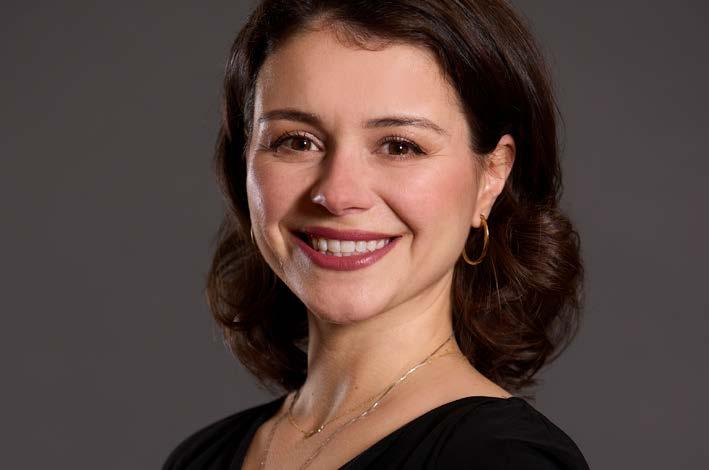
Freya Franzen began studying violin at the age of six with Gillian Bailey-Graham in Canberra, later continuing as a pre-tertiary student at the Canberra School of Music. In her final year of school, she received the ACT Board of Secondary Studies Recognition of Excellence Award for Performing Arts (Music). Studying under Goetz Richter and Christopher Kimber, she completed a Bachelor of Music (Performance) degree at the Sydney Conservatorium of Music, graduating with First Class Honours in 2008.
In 2011, Freya was a Sydney Symphony Orchestra Fellow, a pre-professional performance and mentoring opportunity that further nurtured the keen interest in orchestral repertoire she’d developed through the Canberra Youth Orchestra and AYO National Music Camps
Freya subsequently held a position in the SSO Second Violin section, appeared as a soloist in Malcolm Arnold’s Concerto for two violins in Sydney’s City Recital Hall, and toured internationally with the orchestra. In 2014 she joined the MSO’s Second Violin section.
In addition to orchestral life, Freya regularly plays chamber music and is a founding member of the Melbourne Ensemble.
Czech-born violinist Anna Skálová is a member of the First Violin Section with the Melbourne Symphony Orchestra. Before joining the MSO, she was a member of the Sydney Symphony Orchestra and the San Diego Symphony. Anna holds a Performer Diploma from Indiana University and a bachelor’s degree from the University of Michigan, having previously studied at the Prague Conservatory. Her primary teachers included Jaime Laredo, Stephen Shipps and Jaroslav Foltýn.
She has served as concertmaster of the New York String Orchestra, Michigan Philharmonic, University of Michigan Symphony Orchestra and Indiana University Orchestra, and has also performed in the Britten-Pears Orchestra in the UK. She has appeared as a soloist with the University of São Paulo Symphony Orchestra and was a featured soloist in the 8th Emirates International Peace Music Festival in Dubai.
While in Michigan, Anna won the University of Michigan and Marquette Symphony Orchestra concerto competitions, as well as the grand prize in the Michigan American String Teachers Association (MASTA) Competition and first prize at the ASTA Competition.

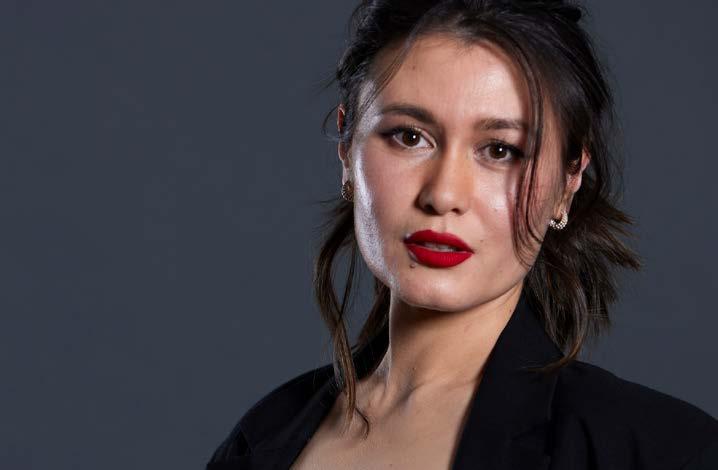
Born at a very young age, Christopher Moore’s formative years were shaped by the rich amateur choral scene in Newcastle. His mother played organ at their local Catholic church and has sung in the University of Newcastle Choir since its inception in 1977.
Acclaimed worldwide for his musicianship, Christopher enjoys a distinguished career as an orchestral and chamber musician, soloist, conductor and teacher. He joined the MSO as Principal Viola in 2015, after ten years as Principal of the Australian Chamber Orchestra. He is in demand as a principal with the Sydney, Adelaide, Perth, Melbourne, Queensland, Tasmanian, New Zealand symphony orchestras, Australian World Orchestra and Orchestra Ensemble Kanazawa, Japan. Being a half-decent viola player means that he is also in demand as a chamber musician. This all leaves very little time for his losing battle with the little land mines his miniature pinscher leaves in the back yard.
He is a proud father of two talented teenage girls, and he also plays the theremin. If you don’t know what that is, just ask him (here’s a hint: he hasn’t touched it for years). Christopher plays a 1610 Giovanni Paolo Maggini viola – kindly on loan from an anonymous benefactor. He also owns a 1937 Arthur E Smith viola, currently being lovingly looked after by the MSO’s William Clark.
Born into a family of musicians in Ufa, Russia, Elina Faskhi studied at the Moscow State Tchaikovsky Conservatory with Igor Gavrysh, Irina Kandinskaya and Vladimir Balshin (Borodin Quartet). She was a member of the State Academic Symphony Orchestra of Russia ‘Evgeny Svetlanov’, and held a position as Assistant Principal Cellist at the Hyogo Performing Arts Centre Orchestra in Japan. She moved to Melbourne in 2019 and was appointed Assistant Principal Cello of the MSO. Earlier this year she performed Tchaikovsky’s Rococo Variations with the MSO and conductor Umberto Clerici.
Elina has won many international competitions, including the Knushevitsky International Cello Competition, Sergei Prokofiev Chamber Music Competition, and Leopold and Mstislav Rostropovich Violin and Cello Competition. She has received scholarships from foundations such as the Ministry of Culture of the Republic of Bashkortostan and Russian Federation, and the Vladimir Spivakov International Foundation. She has also performed in some of the most prestigious halls in Russia, Europe and Japan as a soloist with the Tokyo Philharmonic Orchestra, the Yaroslavl Philharmonic Symphony Orchestra and the Saratov Philharmonic Orchestra.

Stephen Newton grew up in Sydney where experience as a church chorister led him to the Opera Australia Children’s Chorus and his first professional music-making. At school he was encouraged to take up the double bass, studying first with David Potts and then Maxime Bibeau. As both a tenor and bassist, he studied at UNSW (where he was the inaugural recipient of the Sony Foundation Scholarship), the Australian National Academy of Music and Sydney Conservatorium of Music, where he completed a postgraduate diploma studying with Alex Henery in 2006. In August that year he was appointed to the MSO. In 2010, he visited Austria to study with Tim Dunin at the University of Music, Graz, a trip supported by the Friends of the MSO and a grant from the Ian Potter Foundation. In recent years he has rekindled his passion for singing and in 2022 he performed Britten’s song cycle Les Illuminations with the MSO.
As a double bassist, Stephen has also played with the Sydney, Tasmanian, West Australian, Adelaide and Queensland symphony orchestras, Australian Chamber Orchestra, Opera Australia Orchestra, Victorian Opera, Orchestra Victoria and Auckland Philharmonia. He is a founding member of the Melbourne Ensemble.
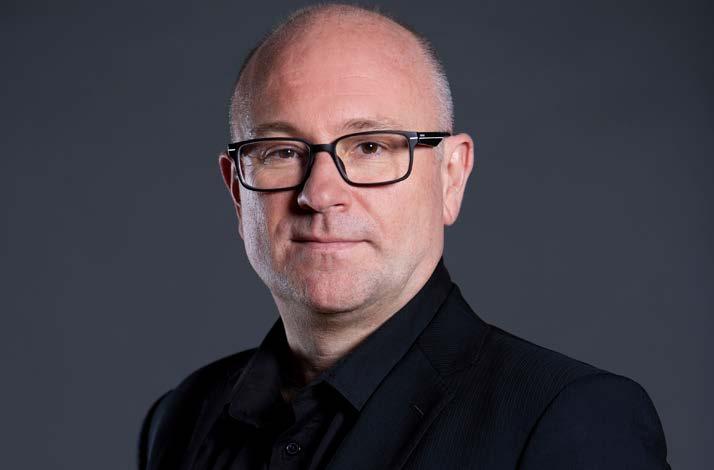
Philip Arkinstall has been the Associate Principal Clarinet of the Melbourne Symphony Orchestra since 2008 and was principal with the Malaysian Philharmonic Orchestra for 11 years before that. He won the Australian Woodwind Competition in Brisbane at the age of just 18, as well as the 1996 2MBS Radio Performer of the Year and the 1997 ABC Young Performers Award, and Queen’s Trust and Big Brother awards enabled him to further his studies in Europe.
He has appeared both as a soloist and as a guest principal with the Sydney, West Australian, Queensland and Tasmanian symphony orchestras, and has been a regular soloist with the MPO in repertoire ranging from Mozart, Bruch and Strauss to Copland and Henze.
Philip is an active chamber musician, touring Australia for Musica Viva with the Auer Quartet, as well as working with groups such as the Goldner Quartet, Eggner Trio, Australia Ensemble, Australian Chamber Orchestra and Melbourne Chamber Orchestra. He has also played with many contemporary ensembles, including the Arcko Symphonic Ensemble and austraLYSIS, and is a founding member of Plexus.


Jack Schiller was appointed Principal Bassoon of the MSO in 2013. He previously held a contract position with the Sydney Symphony Orchestra as Associate Principal Bassoon and was an SSO Fellow under the mentorship of Matthew Wilkie. He collaborates with colleagues and friends to play chamber music and is a founding member of the Melbourne Ensemble. As a chamber musician, he has performed at Musica Viva’s Huntington Estate Music Festival, the Australian Festival of Chamber Music in Townsville, Music By the Springs (Hepburn Springs), the Sydney Opera House Utzon Room and the Ukaria Cultural Centre in Adelaide. As a soloist, he has performed with the Melbourne and Tasmanian symphony orchestras, Orchestra Victoria and Melbourne Chamber Orchestra, and with the MSO he premiered Matt Laing’s Of Paradise Lost. He also gave the premiere of The Song of the Wombat by Rachel Bruerville.
Jack studied with Elise Millman at the Australian National Academy of Music where he won the concerto and chamber music competitions and the Director’s Prize. He has also studied with Mark Gaydon (Adelaide Symphony Orchestra), including two years at the Elder Conservatorium, and has been a member of the Australian Youth Orchestra.
Position supported by Dr Harry Imber
Saul Lewis has been a member of the MSO Horn section since 2009 and in 2010 was appointed Principal Third Horn. After completing his ASCM at the Sydney Conservatorium of Music, he was awarded a Big Brother Scholarship, enabling him to with many of the pre-eminent horn players in London and Germany. He later completed a Masters in Performance degree in Sydney, studying with Tony Buddle, and was appointed Principal Third Horn with the Australian Opera and Ballet Orchestra (now Opera Australia Orchestra) in 1994.
Saul has played with the Queensland, Tasmanian, Adelaide and Sydney symphony orchestras and the Australian Chamber Orchestra, as well as being active in the commercial scene performing for film scores. While in Sydney, he was a founding member of the wind quintet Enigma Five and was reviewed for his ‘fine horn playing’ in a concerto performance with Cove Chamber Ensemble. He also teaches at Monash University and the University of Melbourne.
Position supported by Cecilie Hall and the late Hon. Michael Watt KC
Epilogue (solo horn) from Serenade for tenor, horn and strings
While drafting Peter Grimes, Britten met twenty-one year-old Dennis Brain, the principal horn player in the RAF Orchestra. Britten intended to compose a concerto for the young virtuoso, but in March 1943 he wrote to a friend in the USA:
I’ve practically completed a new work (6 Nocturnes) for Peter [Pears] and a lovely young horn player Dennis Brain, & strings…It is not important stuff, but quite pleasant, I think.
The songs of the Serenade (as it became, and important stuff at that), which examine sometimes terrifying aspects of night, are framed by the solo horn with a Prologue that is repeated, off stage, as an Epilogue. Like Ralph Vaughan Williams, in a famous section of his Pastoral Symphony, Britten stipulates that the horn use only natural harmonics – that is, the player should avoid using the valves which make it possible for the instrument to play every note in tune with the modern ‘tempered’ scale.
The result is strangely but hauntingly beautiful (though Brain, to his sorrow, was accused by insensitive critics of playing out of tune), and as Britten scholar Peter Evans suggests, ‘evokes the natural order of things, a world in which the natural laws are being unquestionably obeyed’.
Adapted from a note by Gordon Kerry © 2003
Espressivo – Sotto voce from 8 Études for solo double bass
Gubaidulina’s double bass Études began life as music for solo cello in 1974, and in its original form, this étude was called ‘con sordino – senza sordino’ – that is, with and without mute. There are six long pauses within the piece, and on each pause the cellist was required to remove or replace the mute that clamps to the bridge of the instrument, resulting in distinct shifts of colour. This is impractical for a double bassist. Instead, for the ‘muted’ sections, Gubaidulina calls for a hushed, ‘sotto voce’ effect, achieved through the sul tasto technique (bowing over the fingerboard for a whispered tone) and playing without left-hand vibrato.
Gubaidulina was known for her mysticism, and her musical imagination was entwined with her religious spirituality. At the same time, her music is intensely physical in its conception, refuting the mind-body divide we’ve inherited from Enlightenment thought. The act of removing/replacing a mute, for example, didn’t simply change the tone, but also resulted in the cellist’s body adopting the shape of a cross, a symbol central to her thought and work. And so the étude emerged from a dichotomy of physical and spiritual that echoes the other works in this program.
This étude is barely three minutes long but its slow tempo and long pauses give the impression of timelessness, and it demands the extreme poise of a tightrope walker, or perhaps a ballerina en pointe. For the player, says Stephen Newton, there is the sensation of having absolute control and yet no control.
Yvonne Frindle © 2025
Alfred Schnittke (1934–1998)
Hymnus II for cello and double bass
Alfred Schnittke received his first official denunciation as early as 1958 when his cantata Nagasaki was roundly condemned by the Union of Composers. But as with Shostakovich, Schnittke’s talent was recognised by the regime, and he was frequently employed to write music for the Soviet film industry. On the one hand he carried on his exploration of forbidden practices like 12-note serial composition in secret, while developing a flexible and powerful composition technique in his film scores.
In the 1960s and ’70s he systematically explored what he was to call ‘polystylism’, creating musical drama by the sudden juxtaposition of tonal and atonal material, fixed and random passages, original music and quotation. This has been interpreted as a reflection of the spiritual state of the individual in a repressive society, but technically it has obvious parallels with the film technique of jump-cutting.
Schnittke’s four Hymns were written between 1974 and 1977, each for an ensemble which features the cello. Each is dedicated to a different cellist; this one is inscribed to Valentin Berlinski of the Borodin Quartet. Unlike its predecessor, Hymn II doesn’t quote or directly refer to liturgical music. Here, however, Schnittke establishes the opposition between ‘natural’ music– depicted by open strings, natural harmonics and modal pitch material – and a more chromatic and expressive music which might represent the torture of the individual soul.
Gordon Kerry © 2005
Osvaldo Golijov (born 1960)
Tenebræ for string quartet
Tenebræ was inspired by the juxtaposition of two experiences in Golijov’s life. In September 2000 the Argentinian-Israeli composer visited Israel, where he witnessed a new wave of violence; a week later he took his five-year-old son to the Hayden Planetarium in New York, ‘where we could see the Earth as a beautiful blue dot in space’. The result can be heard from different perspectives. ‘The work is about pain,’ he says, ‘but pain seen from inside and from a distance.’
Musically, he turned to the Troisième Leçons de Ténèbres – lamentations by the French baroque composer François Couperin. ‘I lifted some of the haunting melismas,’ Golijov writes, ‘using them as a sources for loops, and wrote new interludes between them, always within a pulsating, vibrating, aerial texture. The compositional challenge was to write music that would sound as an orbiting spaceship that never touches ground. After finishing the composition, I realised that Tenebrae could be heard as the slow, quiet reading of an illuminated mediæval manuscript in which the appearances of the voice singing the letters of the Hebrew alphabet (from Yod to Nun, as in Couperin) signal the beginning of new chapters, leading to the ending section, built around a single, repeated word: Jerusalem.’
Tenebræ moves fluidly through its seven sections, from the ‘Majestic, celestial’ opening through moments suggesting Arabic chant, Bach’s mighty chaconne for solo violin, the night-time croaking of tropical frogs, great tenderness and, for the final section, ‘Yrushalem’, fragments of prayer. At times the music seems infinitely slow, yet it’s always directed in its energy, like ‘an object in cosmic orbit’.
Yvonne Frindle © 2025
Gerard Brophy (born 1953)
i taksim
ii namaz
iii pepemelik
iv petrus
v geveze
Istanbul was composed for Ensemble Melbourne during the COVID lockdowns of 2020, and now receives its longawaited premiere. Following the sombre and introspective colours of the first part of this program, Brophy’s music, in the words of Stephen Newton, ‘takes you out of the world’. With the exception of the fourth movement, written in memory of the composer’s brother, the atmosphere is mostly sprightly, even dance-like. As Stephen has described it, this music brings impressions of prayer calls from minarets high above, dances, tessellations and the smells of spices from the markets. The composer writes…
Living in Istanbul, one very quickly becomes aware of the fact that the city is not an homogeneous megalopolis but it an intricate mosaic of villages, or as we call them köy. Each of these köy is unique and valiantly resists the enormous global pressure to conform – whether it be Üsküdar and Balat, Kumkapı and Eminönü, or Şişli and Kadıköy, these locales are as different as chalk and cheese.
The great Armenian photographer Ara Güler was completely attuned to these subtleties and nuances, and as a consequence, he captured countless intimate and authentic moments of the city. It is impossible not to be enormously impressed by his evocative photographs of Istanbul as they skilfully capture poignant moments from a disappearing world as it plunges headlong into the uncertainty of the 21st century. Ara’s beautiful and evocative images really do
evoke the magic of daily life in the city and similarly I have been inspired to tap into and reflect its essence in these five pieces.
Taksim refers to Taksim Square at the heart of Istanbul, also the location of an Ottoman-era underground reservoir. The rapidly changing pulse and fast tempo conveys the bustle of a modern metropolis with an ancient heart.
In Namaz (Prayer), a fluid, singing line for the clarinet is answered by violin and double bass. Pepemelik means stammering or stuttering, and here the members of the ensemble toss fragments of melody between them.
Petrus is an intense, elegiac movement with the bassoon and double bass among its featured voices. Underpinning this movement is a lament:
In my sorrow, so much sorrow
O, he is my sorrow
Peter, where are you?
Oh, Peter, my brother, where are you?
Now come back, my brother Peter
My sorrow is deep and without end Peter, my brother.
In my grief, our Peter.
The final movement, Geveze (Chatterbox), brings a dance-like delirium, setting out with catchy hemiola rhythms (alternating groups of two and three beats).
After an increasingly musical adolescence, Gerard Brophy began studying classical guitar at 22. He worked closely with Brazilian guitarist Turibio Santos and Argentine composer Mauricio Kagel, before studying composition at the NSW State Conservatorium of Music, graduating as Student of the Year in 1981. Brophy has been commissioned and performed by some of the world’s leading ensembles, including the Melbourne,
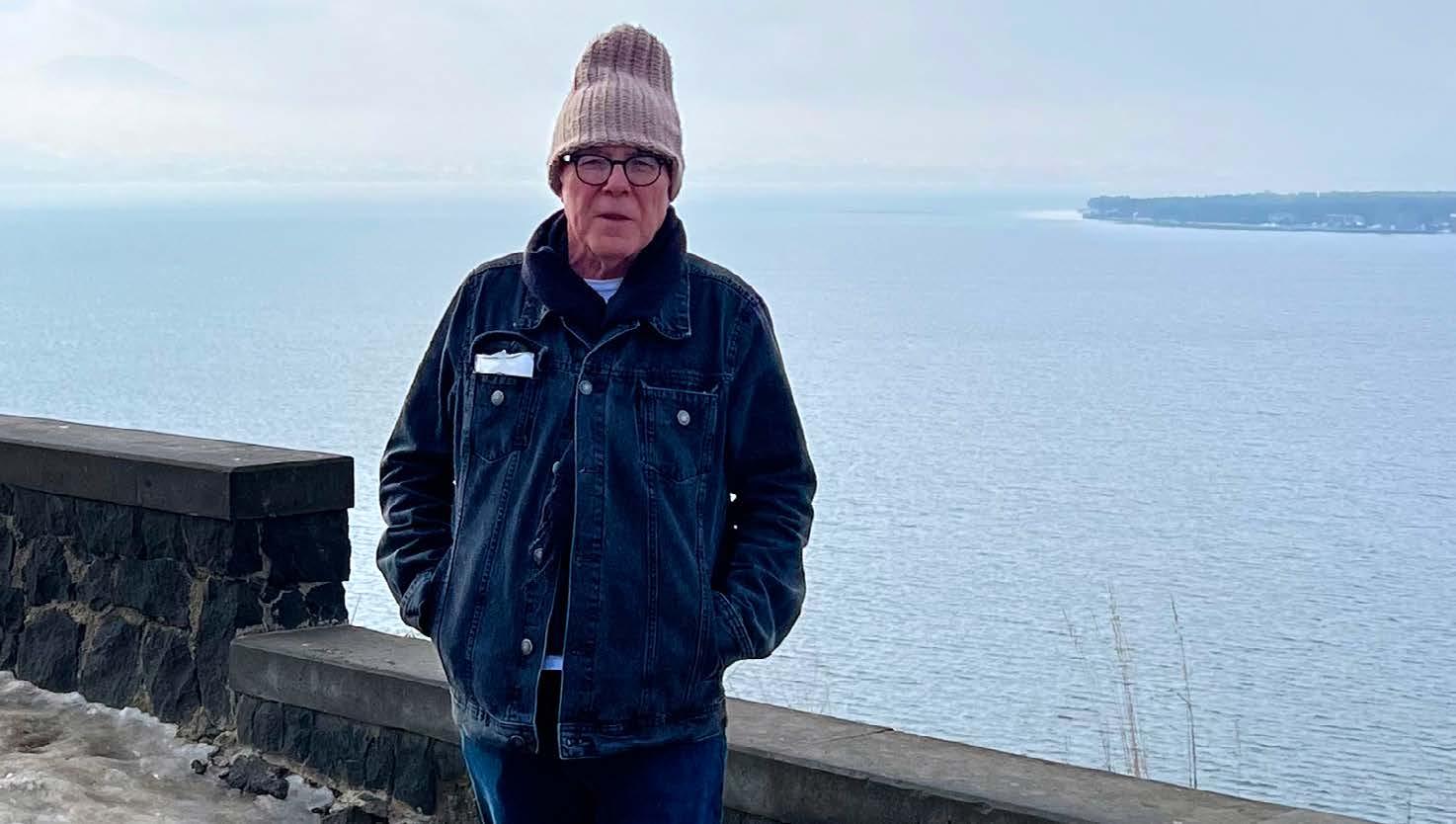
Sydney, Queensland, Tasmanian, West Australian and New Zealand symphony orchestras, Malaysian Philharmonic Orchestra, Residentie Orchestra, St Louis Symphony Orchestra, Sendai Philharmonic Orchestra, and the BBC Philharmonic and BBC Symphony Orchestra.
He has a keen interest in collaborating with artists from other disciplines, especially ballet, dance and electronica, and has also collaborated with musicians from other cultures, among them musicians from numerous first people mobs, the great Senegalese master drummers, the N’Diaye Rose family, and the timbila virtuoso Venancio Mbande from Mozambique.
Performance highlights include the soldout season of his ballet Yo Yai Pakebi, Man Mai Yapobi (choreographed by Regina van Berkel for the Netherlands Dance Theatre); Semele and Halcyon in the Australian Ballet’s highly successful Interplay and Edge of Night programs; The Cloud of Unknowing (Natalie Weir for the Queensland Ballet); the Song Company’s tour of his contemporary passion play Gethsemane; and earlier this
year, the premiere of Migrating with Swallows, a work for guitar and orchestra commissioned by the QSO.
Recent projects include a string orchestra work commissioned by Goetz Richter, Notes for Tomorrow for violinist Doretta Balkizas and pianist Vatche Jambazia, a work for the Dutch ensemble Roctet; and nine dark muses, a set of miniatures for the Melbourne-based group Ensemble Liaison.
Gerard Brophy has long been deeply committed to music education. In addition to his work as a private composition tutor, he is composer-in-residence at Newington College, St Luke’s Grammar, SCEGGS Darlinghurst and Brisbane Boys College, and since 1988 he has taught composition at the Queensland Conservatorium, Griffith University.
He divides his time between Berrima in the Southern Highlands of NSW and the Caucasus, where he leads cultural tours exploring the wonders of the Silk Road.

